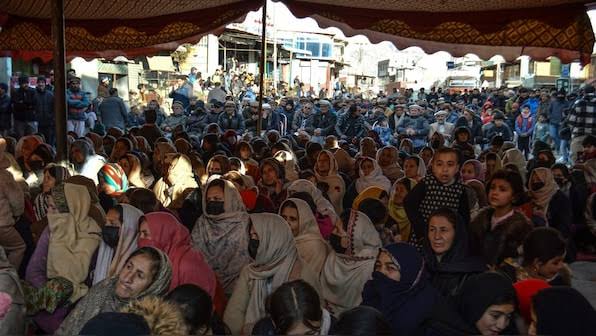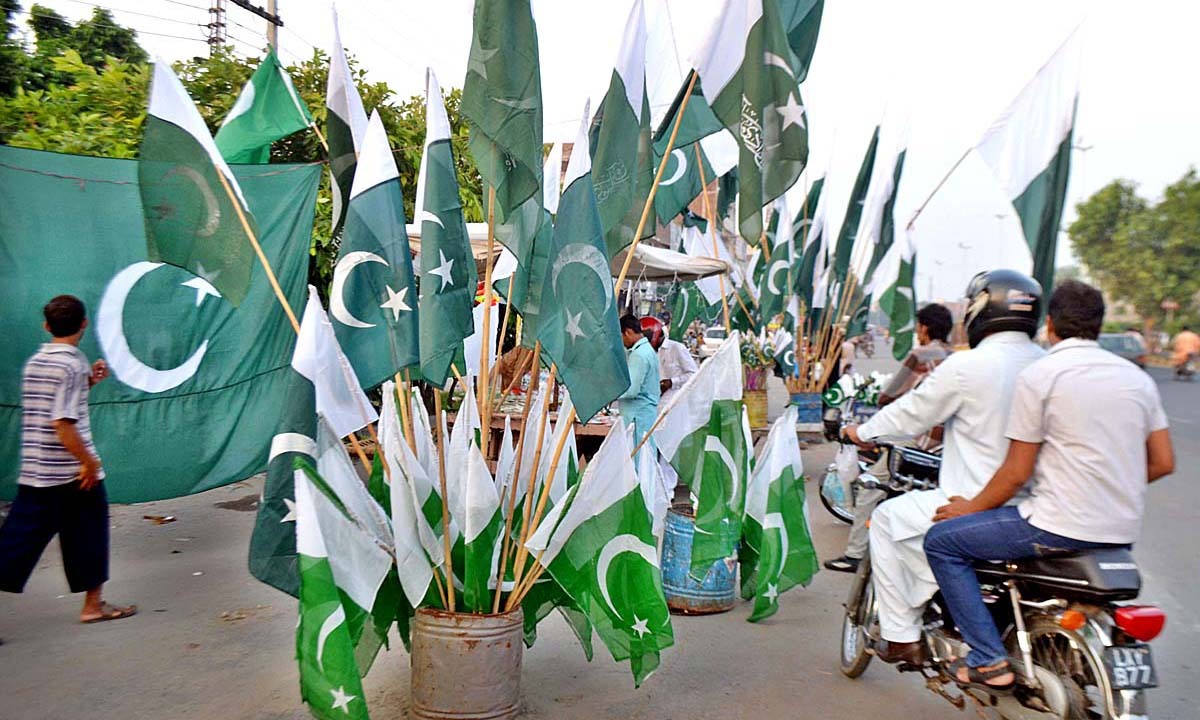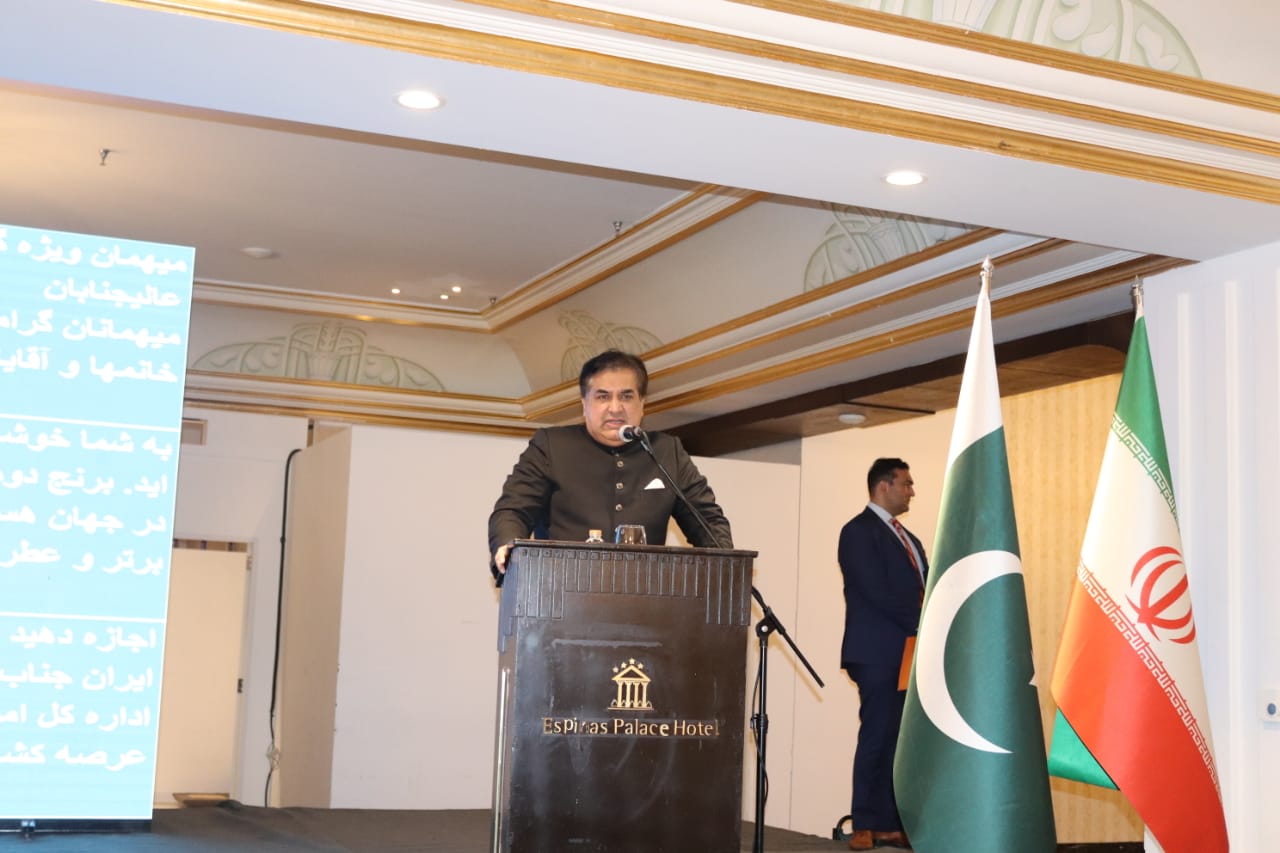Pakistan has long struggled with chronic power shortages, leaving millions without electricity for hours daily. The crisis has worsened during winter, with the northern region of Hunza now facing the brunt of the issue. Prolonged load-shedding and freezing temperatures have plunged the valley into darkness, disrupting lives and livelihoods.
Hunza: A Remote Gem in Crisis
Hunza Valley, a scenic region nestled in the Gilgit-Baltistan province, lies at the heart of the Karakoram Mountains. It is known for its breathtaking landscapes and strategic importance as a gateway for the China-Pakistan Economic Corridor (CPEC). However, residents here are enduring temperatures as low as -15°C with just 30–40 minutes of electricity daily. Over 80,000 people are struggling to stay warm and meet basic needs, including heating, cooking, and lighting.
Protests Erupt Over Power Cuts
Residents of Hunza have been protesting for six days, blocking the Karakoram Highway (KKH) in Aliabad, the valley’s district headquarters. The KKH, a vital trade route linking Pakistan with China, remains obstructed as people demand a reliable power supply. Protesters include local residents, civil society groups, and political parties. They accuse the government of neglect and failure to deliver on promises to resolve the power crisis.
“We Are Freezing in the Dark”
Baba Jan, a protester, expressed the frustration of the residents. “We get power for only 30–40 minutes in 24 hours,” he said. The lack of electricity has left people without internet access, disrupted education, and made daily survival difficult. “Students can’t study, and families can’t cook or heat their homes,” he added.
Another protester, Rehan Shah, emphasized Hunza’s strategic importance. “This is the gate of CPEC, connecting Pakistan and China,” he said. “Despite its significance, we are neglected and left in freezing darkness.”
Government Proposals Rejected by Protesters
The Gilgit-Baltistan government proposed providing electricity from the Jaglot power station to address the crisis. Protesters rejected the plan, citing the station’s inability to meet even local demand in Danyore and Gilgit. They called for sustainable and immediate solutions, such as thermal power generators, to supplement winter energy needs.
Root Causes of the Crisis
The region relies heavily on hydropower, which faces significant disruptions during winter as rivers and lakes freeze. Hamid Hussain, an engineer at the Gilgit-Baltistan Water and Power Department, explained that power generation drops to 76 megawatts in winter from a summer capacity of 140 megawatts. The government has not invested in alternatives, leaving residents to bear the consequences.
The Way Forward
Protesters demand immediate action to address the power crisis and prevent future outages. They urge the government to explore alternative energy sources and implement long-term solutions. For now, the sit-in continues, with residents refusing to leave until their demands are met.
The Hunza crisis reflects the broader energy challenges facing Pakistan. It highlights the urgent need for investments in energy infrastructure to support the country’s growing population and harsh climatic conditions.
Related Stories:
Major Protests Erupt in Pakistan as Supporters Demand Imran Khan’s Release
















